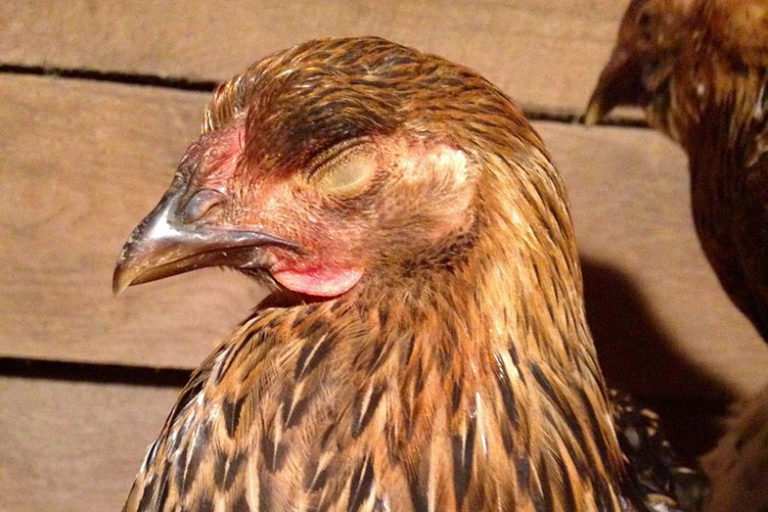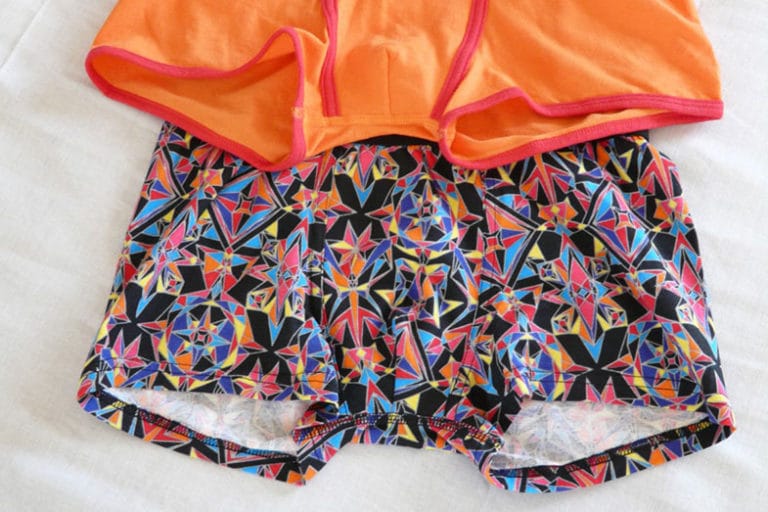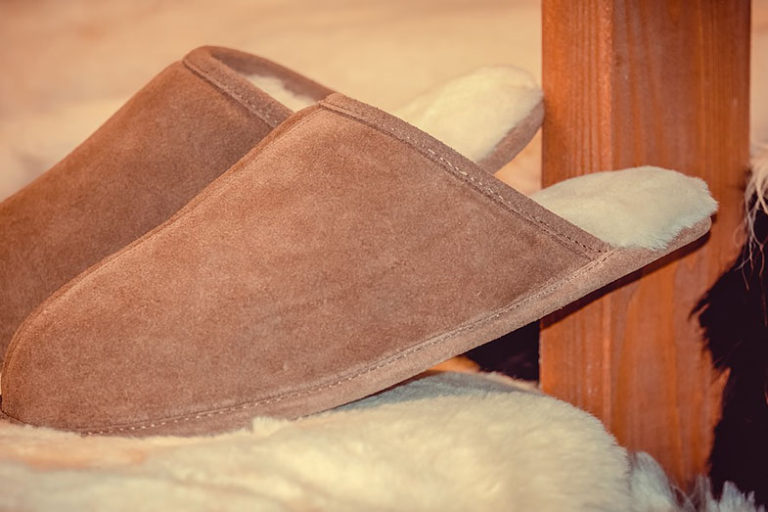Tiny Red Bugs in Bed: What Are They?
Disclosure: We may get commissions for purchases made through links in this post.
If you’re reading this article, you’ve probably come across little red bugs in your bed, or even throughout your house. Seeing tiny red bugs can be a bit of a shock because they’re not your average ant or bed bug. What are these small red bugs in bed?
The tiny red bugs in your bed are called clover mites. You may see these little red bugs in other areas of the house as well. They are a bit smaller than the size of a pinhead or about one-thirtieth of an inch.
When these red bugs get crushed, they leave a red stain on the surface. It isn’t their blood, though, just their color. They don’t move that fast, and you can easily spot them migrating from one place to another in large numbers, especially in early summer and fall.
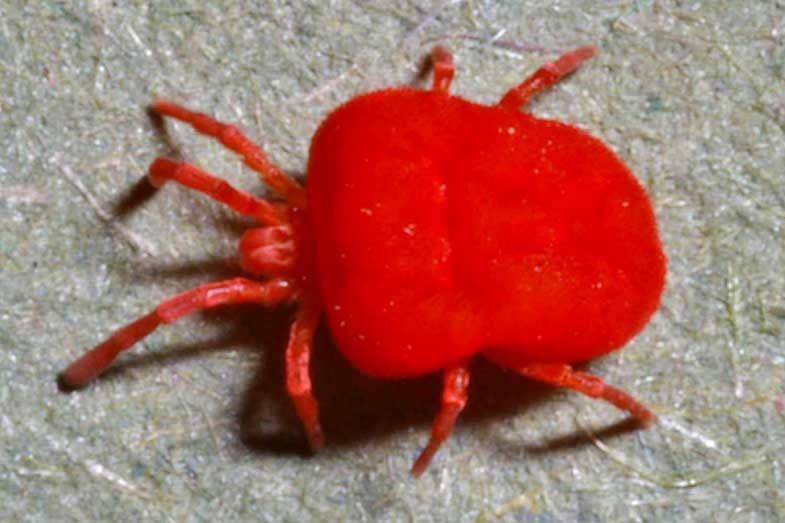
What Do Tiny Red Bugs in Bed Look Like?

These small red bugs are members of the arachnid family and are close relatives of ticks and spiders. This means that they have eight legs with the front pair as the longest, which can usually be mistaken as their antennae.
To the naked eye, they look like moving small red dots with legs. Also, clover mites are oval-shaped. Their lifespan lasts about a month. Adult clover mites can have a reddish-brown appearance, while the younger ones have a bright red or pale orange color. When they are done feeding, the color becomes greenish-brown.
Tiny Red Bugs That Bite – Chiggers
Clover mites won’t bite you or your pets. Those bugs are called chiggers. Both are very tiny and reddish and can be challenging to tell apart. One difference is that clover mites travel in large numbers. They will come indoors, where chigger mites will stay outdoors.
Clover mites also do not destroy furniture or the structure they live in. However, they can be pests, and you’ll probably want to get rid of them.
You don’t have to worry, though; clover mites won’t suck your blood. These tiny red bugs consume plant sap. They usually live close to their food source, which is why they infest buildings with large lawns and a lot of hedges. These little red bugs feed on ornamental plants, and their favorites are clovers, strawberries, primrose, dandelions, and daffodils. Clover mites especially thrive in lawns with a lot of fertilizer.
Clover mites can also consume mold and algae. That is also why you will see these small red bugs in the bed and around the house. Clover mites can often creep into small and dark spaces like places underneath your sidings, cracks on your walls, and more.
How to Get Rid of Tiny Red Bugs in Bed

When a clover mite infestation has reached your bed, this is what you can do to remove them.
1. Wash Your Bedclothes
One of the most effective ways to get rid of little red bugs in your bed is to wash all of your bedsheets, blankets, comforters, and pillowcases. Use a bleach-based detergent to remove them effectively. While washing, clean your room thoroughly and vacuum.
2. Vacuum
Although using a vacuum cleaner is not a sure way to kill all of the clover mites, you can easily remove them by just sucking them up. Use it on and under your window sills, foundation cracks, and other places where they might hide. Vacuum cleaners can also suck-up their eggs, which are usually difficult to see. You can also use a specialized vacuum for your mattress, such as the LivePure Ultramite UVC HEPA Allergen Vacuum & Fabric Sanitizer (view on Amazon) that is effective and easy to use.
3. Spray Insecticides
Find the source and use an indoor-safe insecticide to help kill the clover mites. You should spray directly on the bugs to kill them. You may also target the bed legs, windows, and possible cracks or holes they can enter. Repeat the process until you are sure that there are none left.
Usually, indoor-safe insecticides come in aerosol cans or spray bottles, so you won’t have to worry about mixing them with water.
However, you should also remember that spraying insecticides indoors can decrease the air quality of your home. So when spraying, open your windows to allow fresh air to come in. Also, you should only use this method when necessary.
4. Sprinkle Detergent
Boric acid is a chemical compound that repels clover mites. This compound can be found in powdered detergents. When clover mites sense that this compound is present, they usually steer clear from that area. However, some might get closer to it, so have your vacuum ready just in case.
5. Wash Your Pets
Your pets can also have clover mites hiding in their fur, which can easily transfer to your bed. To eradicate them, use warm soapy water. A pet-friendly insecticidal soap that usually removes ticks is quite effective in obliterating the clover mites.
6. Call the Exterminator
Although these steps might help you stop the infestation of clover mites, it is still best to contact professionals if the infestation in your bed and property gets worse.
How to Spot Tiny Red Bugs in the House and Outdoors?
Since clover mites are smaller than a pinhead, They are quite tricky to spot unless they are in a large cluster. Other than the occurrence of red stains on curtains, carpets, or any other surface, you might not be able to spot them quickly.
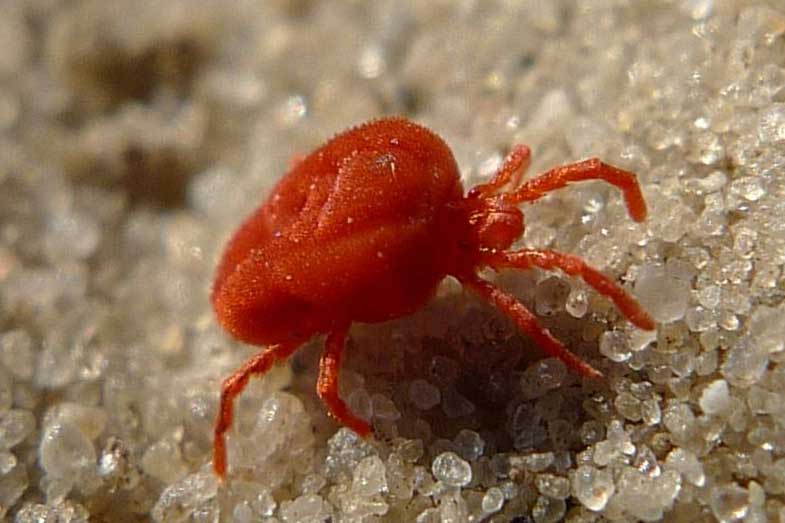
Clover mites have a short lifespan, which is why most do not even notice that there are already indications of infestation until it’s too late. Clover mites tend to be more active in spring, early summer, and again in fall. To check if your home or building might be clover mite-infested, here are the places and things that you should check on:
Algae and Mold
Clover mites can eat algae and mold, so they can often be found in areas where they are likely to thrive, such as the roof, cracks on the wall or sidings, and the base or roots of a tree. Be sure to check these areas for any signs of infestation during their active seasons.
Check the Surfaces
Red stains on surfaces are probably the most obvious indication that you might be infested with clover mites. You might also see some crawling around your walls. Check the surfaces of your home for any red spots or stains.
Red Spots on Your Plants
Since clover mites eat the sap of the plant as their food, make sure to check your plants, including the lawn grass, if any red spots or little red bugs are crawling around.
When clover mites infest your property, they can significantly damage your plants, especially when you don’t notice them early on. So be sure to check these places when you see any signs of infestation.
How to Get Rid of Clover Mites from the Source
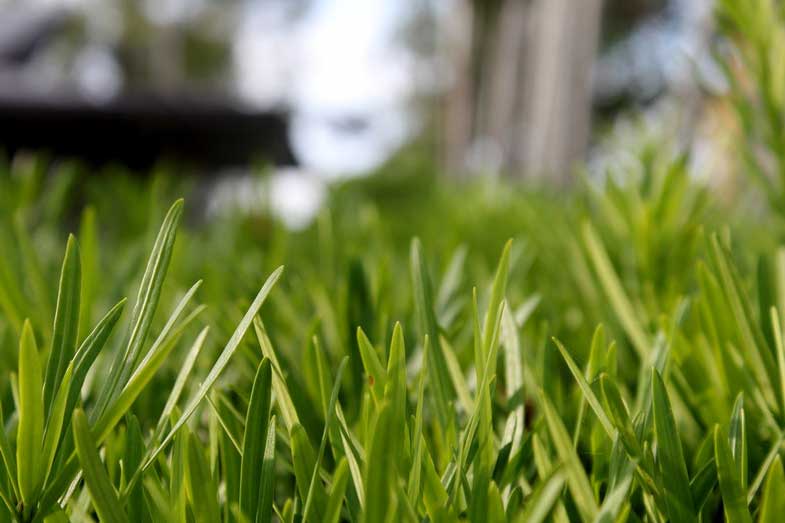
If these small red bugs in bed are frustrating enough, they can also be found in your lawn. The lawn, or your yard in general, could be the source of where they hatch, so it’s essential to remove them from there. Clover mites can come in the house and into your bed from your pet or your clothes. Be wary of this, and follow these tips.
1. Water Regularly
Clover mites like hot areas, so they often lay eggs on the dry areas of your lawn, or where there is a lot of exposure to the sun like walls, plant pots, and roof. To prevent the eggs they have laid from hatching, you can water these areas to cool them down. Doing so will prevent the clover mite eggs from hatching.
2. Use Insecticide
If you notice that red spots are present in your shrubs, grass, trees, and other plants, you can treat it with liquid acaricide or insecticides like BioAdvanced Tree and Shrub Insect Control (view on Amazon). It would be ideal to use the insecticide early in the morning or evening when the weather is cool. This will prevent the plants from getting scorched.
Insecticides like cyfluthrin, permethrin, and malathion can be used but ensure that you follow the manufacturer’s instructions to avoid overdosing or underdosing the plant.
If you see that many of your plants already have red spots, then your whole lawn may be already clover mite-infested. To remedy this, you can use a broad-range type of insecticide. Permethrin and fipronil are types of broad-range insecticides. Follow the manufacturer’s instructions for its use, though. If you have pets, they can get the small bugs in their fur. The next time they roll around in your bed, you may have a clover mite problem.
3. Use Double-Sided Tape
Did you know that double-sided tape is useful in stopping clover mites from infesting your property? Place the tape in places where the clover mites would likely hide, such as under your window sills, sidings, cracks, and crevices. Once the tape is full of clover mites, you can remove it and place a new one.
4. Use Baking Soda or Talc
Talc and baking soda can naturally repel clover mites. The powder makes it hard for them to find food and move around. Sprinkle it in places that can be used as entrances by the tiny bugs like cracks, windows, and doors.
5. The 24-Inch Distance
Since clover mites love plants, add an 18 to 24-inch distance between your lawn and building or home. This will help prevent them from getting into your bed. Cover the area with no plants with clover mite repellant substances like gravel, mulch, or diatomaceous earth that kills insects and other critters by dehydrating them. You should also try not to have plants that naturally attract clover mites.
This includes:
- Primrose
- Shepherd’s Purse
- Salvia
- Daffodil
- Strawberry
- Alyssum
6. Use Plants That Naturally Repel Clover Mites
So that you can counter a clover mite infestation, you can use plants that naturally repel them. Furthermore, if you are repeatedly infested with clover mites, then it might be best to replace the plants you have now with a different set of foliage. Here are some of the plants that do not attract clover mites:
- Junipers
- Yews
- Spruces
- Roses
- Arborvitaes
- Chrysanthemums
- Geraniums
How to Prevent Clover Mites From Infesting Your Property and Bed
Use sealants on the cracks to minimize the places where the mites can hide. Besides the 24 inches of distance between your lawn and structure, you can also use a stone barrier to stop the infestation from happening. Make sure to wash your clothes regularly, and avoid getting into bed when they’re dirty.
Conclusion – Tiny Red Bugs in Bed
These little red bugs in bed may not bite you, but it can be quite a nuisance. They cause a lot of damage to your property, and your bed, plus leave red stains that are quite hard to remove. So, follow the simple steps and tips above to prevent or stop a clover mite infestation from happening.



